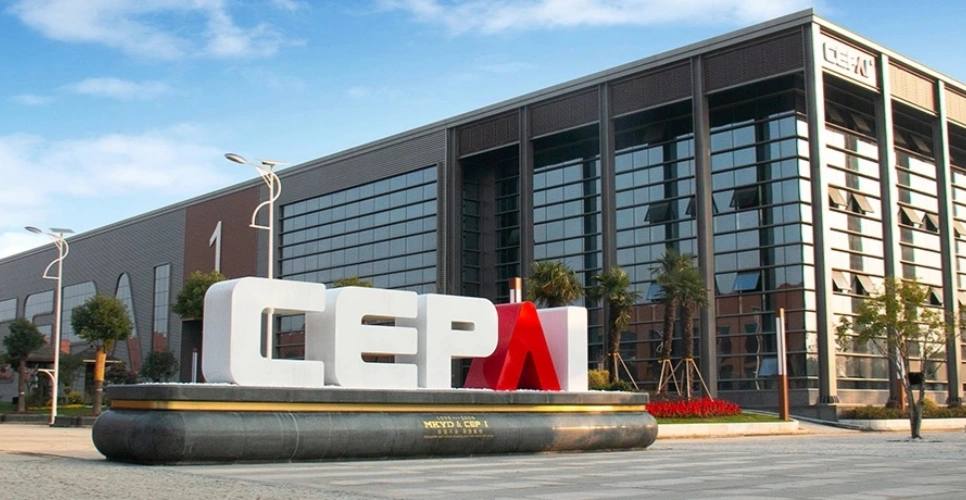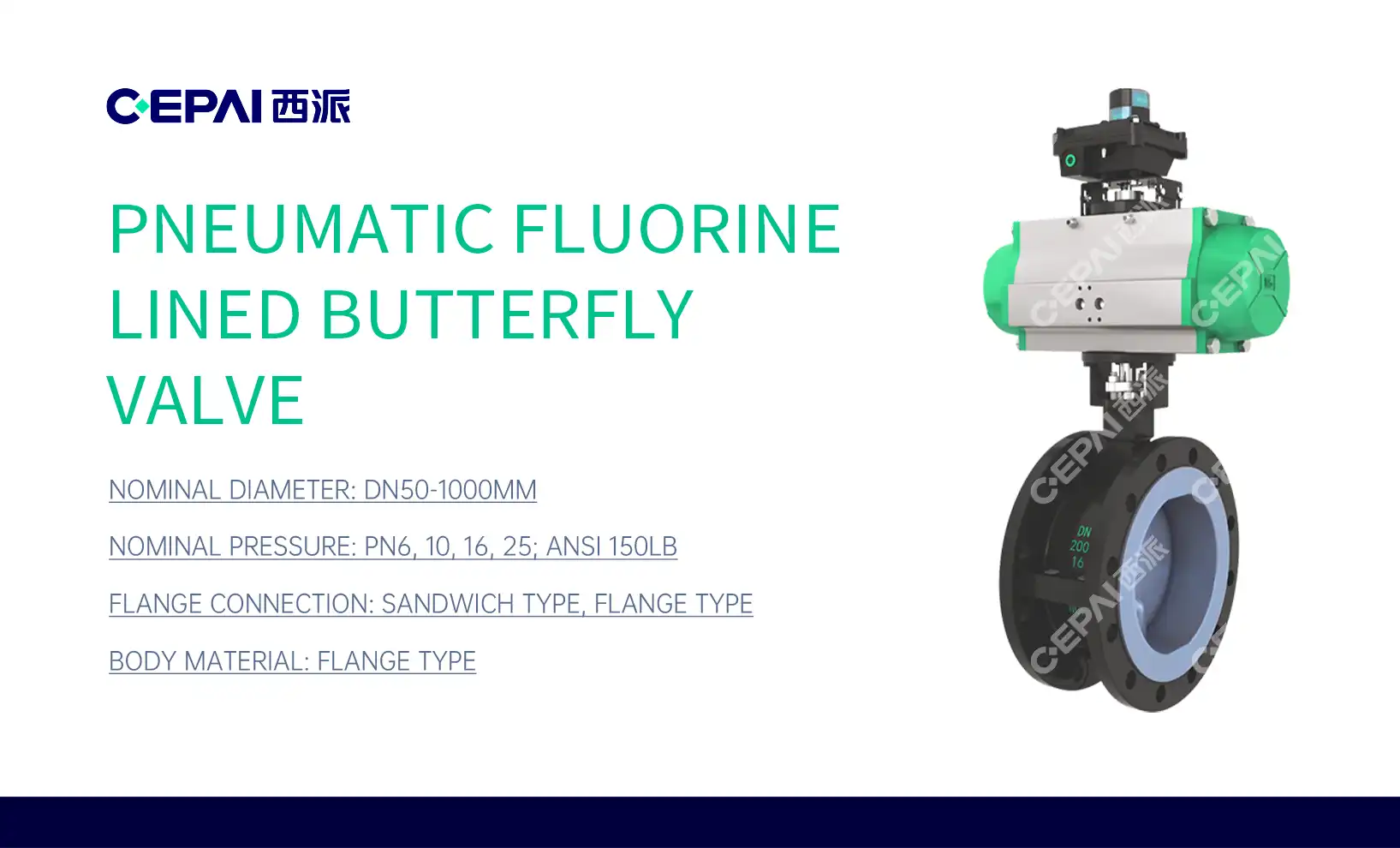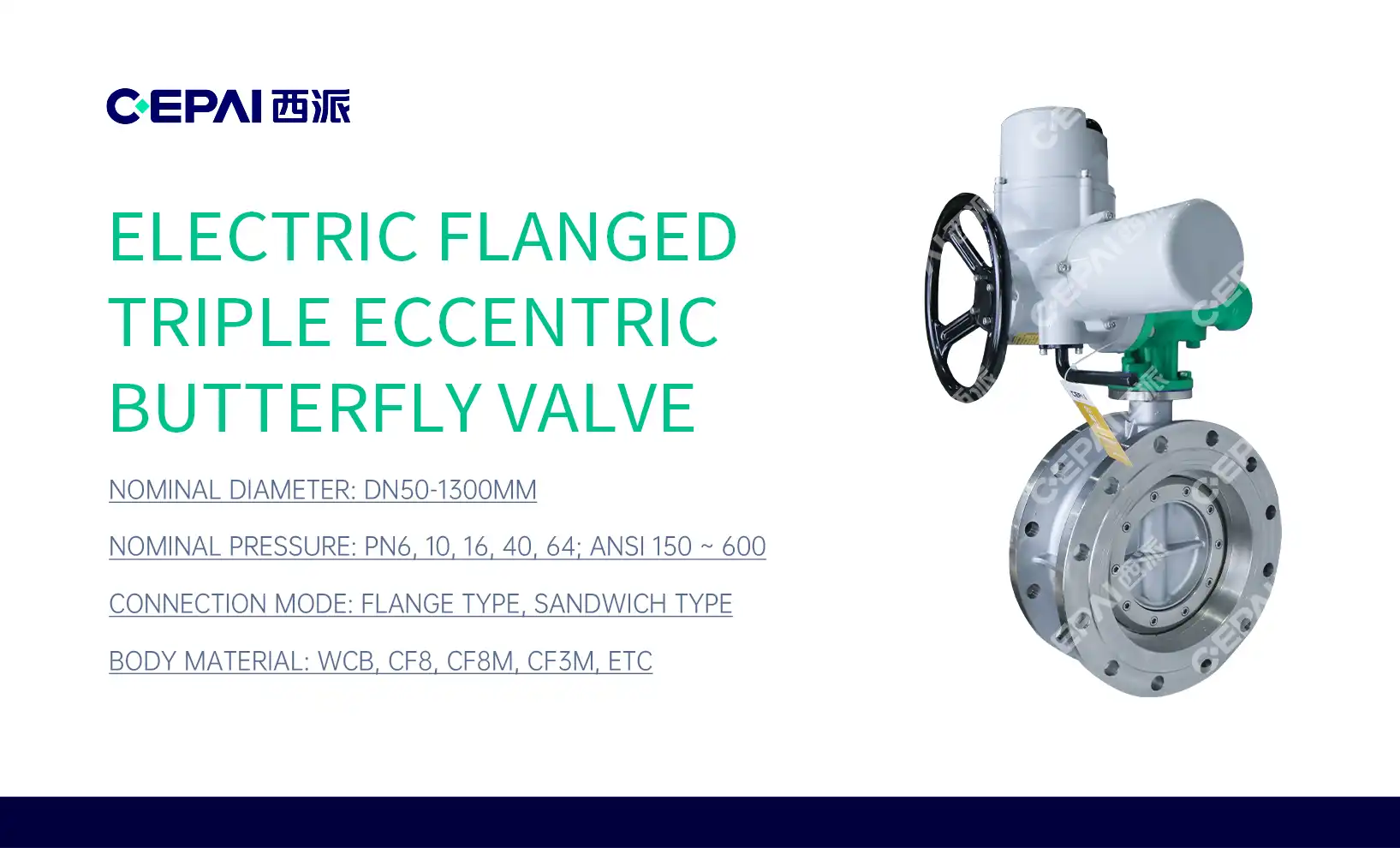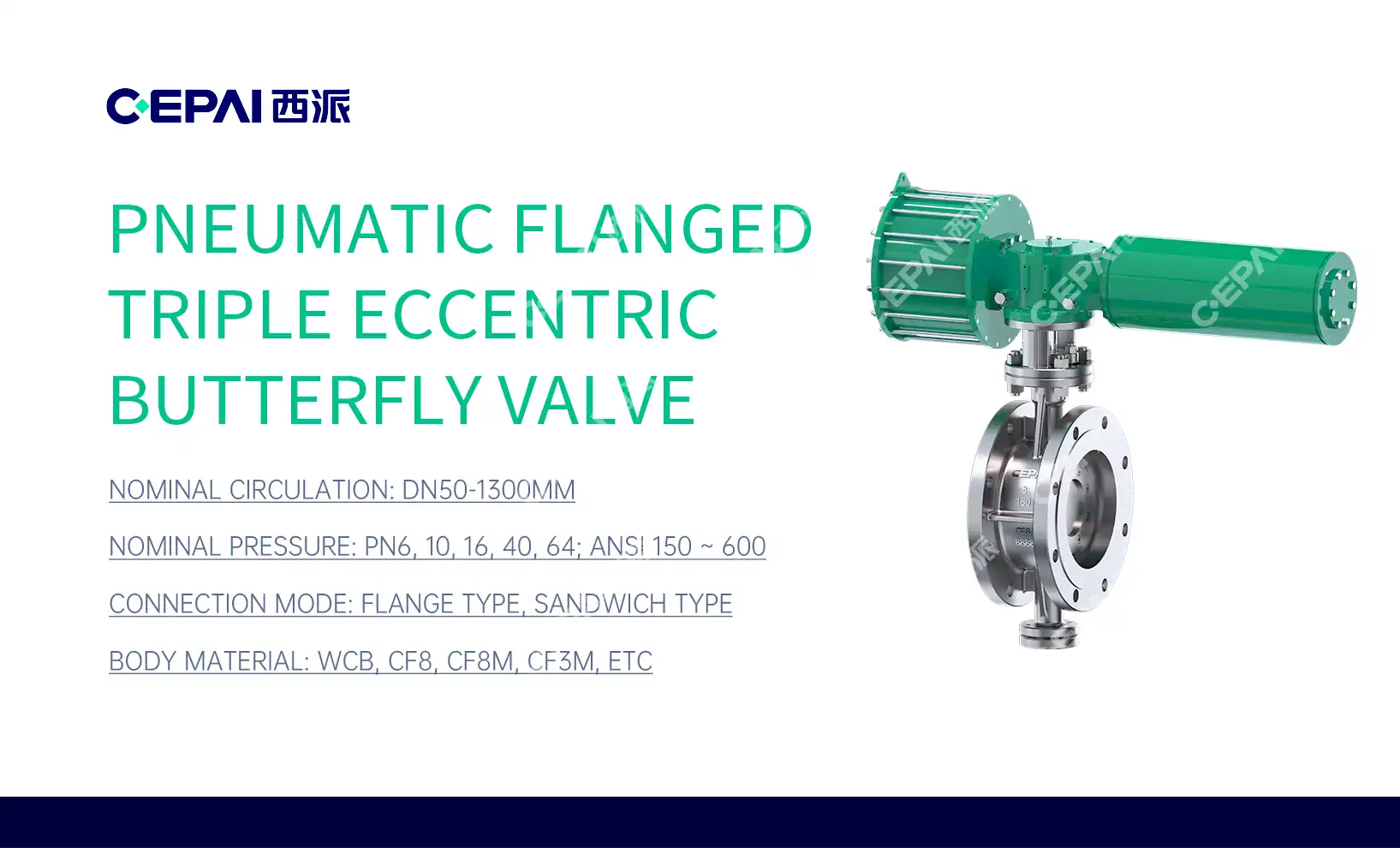Fundamental Principles of Control Valves
Flow Characteristics and Valve Sizing
The core principle behind control valves lies in their ability to modulate flow characteristics. Valve sizing plays a crucial role in this process, as it determines the valve's capacity to handle specific flow rates and pressure differentials. Engineers must consider factors such as the valve's flow coefficient (Cv), which represents the amount of water that can pass through a fully open valve at a pressure drop of 1 psi. Proper sizing ensures optimal performance, preventing issues like cavitation or flashing that can damage the valve and reduce its lifespan.
Actuator Mechanisms and Control Signals
Actuators are the driving force behind control valve operation, translating control signals into mechanical movement. These mechanisms can be pneumatic, hydraulic, or electric, each offering unique advantages in terms of response time, precision, and power. The control signal, typically a 4-20 mA current or a 3-15 psi pneumatic signal, dictates the valve's position. Advanced control systems may incorporate smart positioners, which provide feedback on valve position and performance, enabling more precise control and predictive maintenance.
Pressure Drop and Cavitation Prevention
Managing pressure drop across the valve is crucial for preventing cavitation, a phenomenon where vapor bubbles form and collapse, causing damage to the valve internals. Control valve design must account for the maximum allowable pressure drop to maintain stable flow conditions. Techniques such as multi-stage trim designs or anti-cavitation cages help distribute the pressure drop more evenly, reducing the risk of cavitation and extending valve life. Understanding these principles allows engineers to select and implement control valves that ensure smooth, efficient, and safe operation in diverse industrial settings.
Types of Control Valves and Their Unique Features
Globe Valves: Precision and Versatility
Globe valves are among the most common types of control valves, renowned for their precise flow control capabilities. Their design features a plug that moves perpendicular to the seat, allowing for fine-tuned adjustments to flow rates. Globe valves excel in applications requiring tight shutoff and accurate control over a wide range of operating conditions. Their versatility makes them suitable for both on-off and throttling services. Advanced globe valve designs incorporate specially shaped plugs and seats to achieve specific flow characteristics, such as equal percentage or linear response, tailoring the valve's behavior to the process requirements.
Butterfly Valves: Compact and Efficient
Butterfly valves offer a compact and lightweight alternative to other valve types, making them ideal for applications with space constraints. Their simple design consists of a disc that rotates around a central axis, requiring minimal actuation force to operate. This efficiency translates to lower energy consumption and reduced maintenance needs. High-performance butterfly valves feature advanced sealing technologies and specialized disc designs, allowing them to handle high-pressure applications and achieve tight shutoff. Their quick opening and closing characteristics make butterfly valves particularly suitable for large diameter pipelines and applications requiring rapid flow control.
Ball Valves: Robust and Versatile
Ball valves are characterized by their spherical closure element, which rotates to control flow. This design offers excellent sealing capabilities and low pressure drop when fully open, making ball valves highly efficient for on-off applications. Advanced ball valve designs incorporate V-notch or segmented balls, extending their usefulness to precise throttling applications. The robust construction of ball valves allows them to handle high pressures and temperatures, making them suitable for demanding industrial environments. Their ability to provide bidirectional sealing and resist particulate buildup makes ball valves an excellent choice for applications involving slurries or other challenging media.
Applications of Control Valves Across Industries
Oil and Gas: Precision in Extreme Conditions
In the oil and gas industry, control valves face some of the most challenging operating conditions. From wellhead choke valves controlling the flow of crude oil to high-pressure gas distribution systems, these valves must withstand extreme pressures, temperatures, and corrosive media. Specialized control valves in this sector often incorporate advanced materials like stellite overlays or ceramic components to resist erosion and corrosion. Smart valve technologies with integrated sensors and diagnostic capabilities are increasingly common, allowing for real-time monitoring and predictive maintenance in remote or hazardous locations. These advanced features ensure reliable operation and minimize downtime in critical oil and gas applications.
Water Treatment: Ensuring Quality and Efficiency
Control valves play a crucial role in water treatment processes, regulating the flow of chemicals, controlling filtration rates, and managing distribution pressures. In these applications, precision and reliability are paramount to maintain water quality and system efficiency. Specialized control valves for water treatment may incorporate features like anti-scaling coatings or self-flushing mechanisms to prevent mineral buildup. Diaphragm valves, known for their gentle handling of fluids and excellent sealing properties, are often used in sensitive chemical dosing applications. Advanced control systems in water treatment plants integrate valve performance data with water quality sensors, enabling automated adjustments to maintain optimal treatment conditions and reduce energy consumption.
Power Generation: Balancing Demand and Safety
In power generation facilities, control valves are essential for managing steam flows, regulating feedwater systems, and controlling turbine bypass operations. These applications demand valves capable of handling high temperatures, rapid pressure changes, and precise flow control. Specialized steam conditioning valves combine pressure reduction and desuperheating functions, ensuring optimal steam quality for turbine operation. Safety is paramount in power generation, and control valves often incorporate redundant actuation systems or fail-safe designs to prevent catastrophic failures. Advanced diagnostic capabilities in modern control valve systems help plant operators identify potential issues before they lead to unplanned outages, maximizing plant reliability and efficiency.
Conclusion
Control valves are indispensable in modern industrial processes, offering precise flow regulation and pressure control across a wide range of applications. From the fundamental principles governing their operation to the diverse types available, each aspect of control valve technology contributes to improved efficiency, safety, and reliability in industrial operations. As industries continue to evolve, so too will control valve technology, incorporating advanced materials, smart diagnostics, and innovative designs to meet the challenges of tomorrow's industrial landscape. Understanding and leveraging these developments will be key to optimizing processes and maintaining competitive advantage in an increasingly complex industrial environment.

Contact Us
For cutting-edge control valve solutions tailored to your specific industrial needs, look no further than CEPAI Group. Our expertise in wellhead devices, pipeline valves, and regulating valves ensures optimal performance and reliability in even the most demanding applications. Experience the benefits of our innovative technologies and unparalleled service. Contact us today at cepai@cepai.com to discover how we can elevate your industrial processes to new heights of efficiency and safety.






